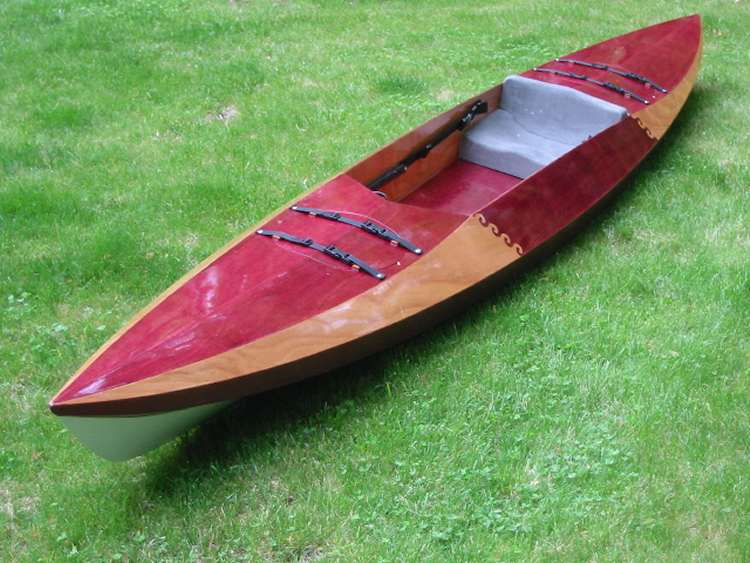The Optimal Propulsion System Selection for a Custom-Built Fishing Vessel
The construction of a handmade fishing boat represents a significant undertaking, demanding meticulous planning and careful consideration across numerous aspects of design and engineering. Among the most critical decisions is the selection of the propulsion system. The engine, in essence, is the heart of the vessel, dictating its performance, efficiency, and longevity. This comprehensive analysis will explore the key factors influencing engine selection for a custom-built fishing boat, offering guidance towards identifying the perfect powerplant for your unique needs and operational environment.
Factors Determining Engine Choice
Choosing the ideal engine for a handmade fishing boat necessitates a thorough evaluation of several interconnected factors. These factors, when considered holistically, will guide you toward a propulsion system that optimizes performance, reliability, and cost-effectiveness.
Vessel Size and Displacement
The size and displacement of your fishing boat directly influence the required engine horsepower. Larger, heavier vessels necessitate more powerful engines to achieve adequate speed and maneuverability. Accurate weight estimations, including the weight of the hull, engine, fuel, equipment, and anticipated catch, are crucial for determining the appropriate horsepower. Underestimating engine power can lead to poor performance, while overestimating can result in unnecessary expense and potentially strain the vessel's structural integrity. Detailed hydrodynamic calculations, often conducted by naval architects, can provide precise power requirements based on your boat's design parameters.
Intended Operational Environment
The operating environment significantly impacts engine choice. Coastal waters with calm conditions may allow for less powerful, more fuel-efficient engines. However, offshore fishing, demanding operation in rough seas and potentially strong currents, necessitates more robust and powerful engines capable of withstanding harsh conditions. Consider factors such as wave height, wind speed, and typical sea states in your fishing area. Engines designed for offshore use typically feature enhanced corrosion protection, heavier-duty components, and greater power reserves to maintain performance in challenging conditions.
Fishing Style and Operational Requirements
Different fishing styles have varying demands on the propulsion system. Trolling requires steady, low-speed operation, favoring engines with good fuel efficiency at lower RPMs. Conversely, quick maneuvers and rapid acceleration, essential for chasing fish or responding to sudden changes in weather, necessitate engines with high torque and responsive throttle response. Consider your typical fishing techniques and the speed and maneuverability required to execute them effectively. Furthermore, the number of crew members and the weight of fishing gear will also influence engine selection.
Fuel Type and Availability
The choice between gasoline, diesel, or other fuel types depends on several factors. Gasoline engines generally offer a lower initial cost and are often lighter, but they are less fuel-efficient and have a shorter lifespan compared to diesel engines. Diesel engines, while typically more expensive upfront, exhibit superior fuel efficiency, longer lifespan, and greater robustness. The availability and cost of fuel in your operating area should also be a deciding factor. Consider the proximity to fuel stations and the potential for fuel price fluctuations.
Maintenance and Servicing
The long-term cost of ownership is significantly influenced by the engine's maintenance requirements. Some engines require more frequent servicing and potentially more expensive parts compared to others. Assess the availability of service technicians in your area and the cost of spare parts before making a final decision. A reliable engine with readily available parts and a strong support network will ultimately minimize downtime and operational expenses.
Engine Types and Their Suitability
A range of engine types are suitable for powering a handmade fishing boat. The optimal choice depends on the factors discussed earlier.
Outboard Motors
Outboard motors are a popular choice for smaller fishing boats due to their ease of maintenance and versatility. They offer excellent maneuverability and are relatively easy to install and remove. However, they are generally less fuel-efficient than inboard engines and can be susceptible to damage in rough seas.
Inboard Motors
Inboard motors are typically more powerful and fuel-efficient than outboard motors, making them suitable for larger fishing boats. They are better protected from the elements and generally offer a smoother, quieter ride. However, they are more complex to install and maintain and can be more expensive upfront.
Inboard-Outboard (Stern Drive) Motors
Stern drive motors combine aspects of both inboard and outboard motors. They offer a balance between power, efficiency, and maneuverability. The drive unit is submerged, potentially causing issues with maintenance and longevity, so careful consideration of the chosen model's robustness is needed.
Electric Motors
Electric motors are gaining popularity due to their environmental friendliness and quiet operation. However, they have limitations in terms of range and power output, currently making them more suitable for smaller, near-shore applications. Battery technology is rapidly developing, though, and improvements to energy density and charging infrastructure are rapidly changing their potential.
Making the Informed Decision
Selecting the perfect engine for your handmade fishing boat is a crucial decision with significant long-term implications. It requires a systematic evaluation of your vessel's specifications, operational requirements, and budget. Engaging with experienced marine engine suppliers and potentially naval architects can greatly assist in navigating this complex process. A thorough understanding of the factors discussed in this analysis, including vessel size, operational environment, fuel type, and maintenance requirements, is critical for making an informed choice. The ultimate goal is to select an engine that optimally balances performance, reliability, efficiency, and cost-effectiveness, ensuring many years of safe and productive fishing adventures.
Checklist for Engine Selection
By carefully considering these factors and leveraging the expertise of marine professionals, you can confidently select the perfect engine to power your handmade fishing boat, ensuring its performance, longevity, and your overall satisfaction for years to come.

















